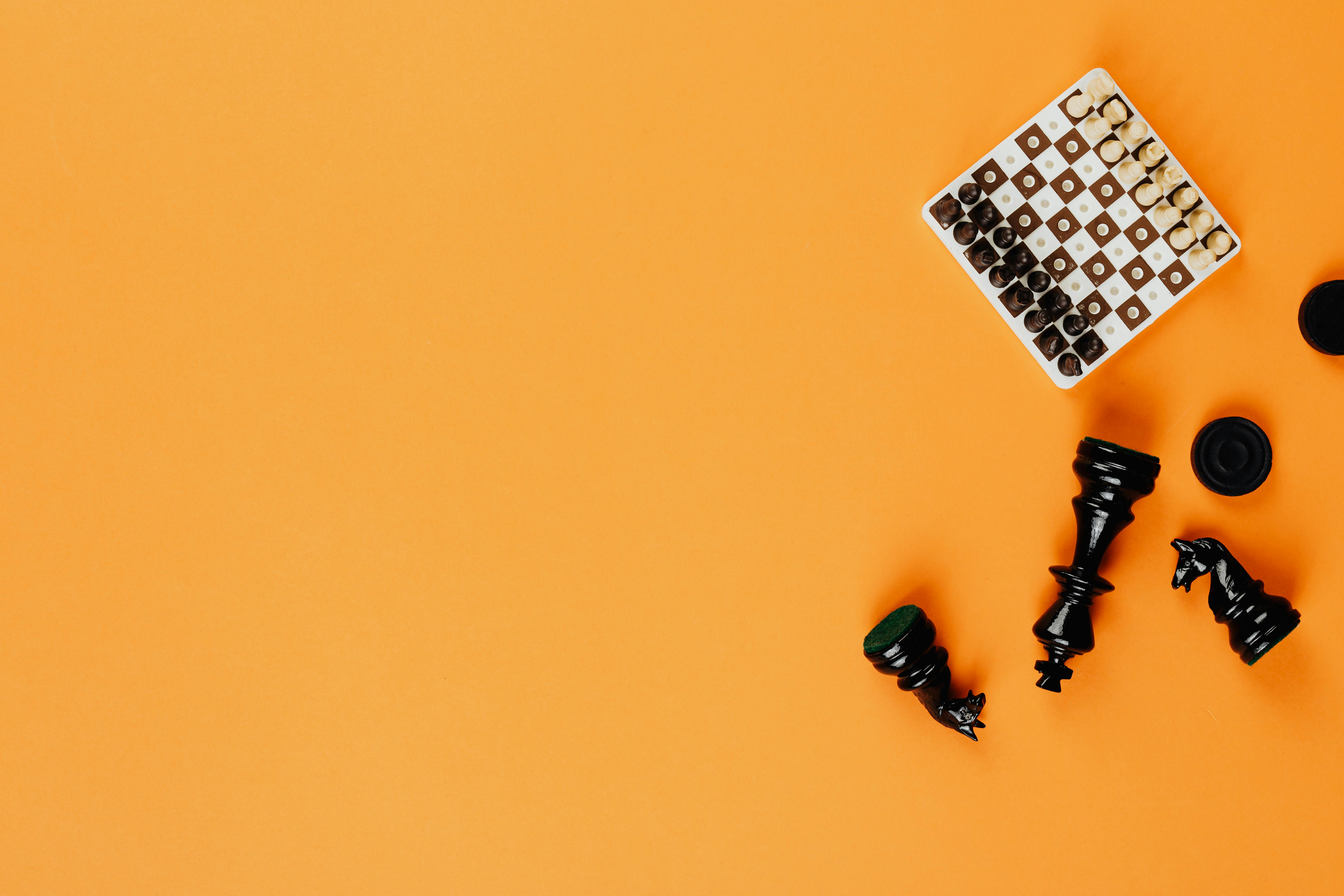Apply Now
Top 5 Essential Tips for Your Small Saltwater Tank in 2025
Getting Started with Your Small Saltwater Tank Setup
Establishing a small saltwater tank can be an exciting adventure for aquarists of all levels. In 2025, creating a thriving nano reef tank combines the enjoyment of marine life with complex responsibilities. The first crucial step is to select the right equipment that balances functionality and energy efficiency. You’ll want to consider the size and type of filtration systems that accommodate small volumes of water, as proper saltwater tank filtration is vital for maintaining optimal water quality.
When setting up your small saltwater tank, ensure that you invest in high-quality LED lighting suited for saltwater tanks. These lights not only enhance the beauty of your marine environment but are also energy-efficient and can support coral care significantly. Additionally, selecting suitable saltwater tank substrate can contribute to overall tank health while benefiting your marine organisms.
Ultimately, a well-planned equipment list will pave the way for a successful small saltwater tank journey. From aquascaping elements to water testing kits, each component plays a critical role in maintaining a balanced marine ecosystem.
Choosing the Best Fish for Your Small Saltwater Tank
With numerous options available, determining the best fish for a small saltwater tank can be daunting. Compatibility remains a critical factor; select species that thrive in confined spaces and exhibit peaceful interactions. For instance, consider beginner-friendly species like clownfish, gobies, and damselfish. These vibrant additions often adapt well to nano reef tank environments and make for exciting interactions in your aquarium.
It's vital to conduct fish compatibility checks within your small tank community. Ensuring that fish species coexist harmoniously can prevent conflict and promote a healthy environment. Furthermore, proper feeding strategies are essential for maintaining fish health in saltwater tanks, as each species may have specific dietary needs.
Moreover, pay attention to marine invertebrates, as they can enhance your small saltwater aquarium's biodiversity. Ensure that the fish and invertebrates you choose complement each other's needs, leading to a balanced ecosystem.
Essential Care Tips for Coral in Saltwater Tanks
Caring for corals is perhaps one of the most rewarding aspects of maintaining a small saltwater tank. Corals contribute to the tank’s vibrancy and provide essential ecological balances. Start by selecting the best coral for nano tanks that can thrive in lower light levels or fluctuating water conditions. Popular choices include soft corals like zoanthids or leathers, which tend to be more forgiving for beginners.
Coral propagation methods can further enrich your tank. Consider engaging in DIY coral fragging, which not only expands your reef ecosystem but also aids in maintaining a balanced community. Regular testing and maintaining salinity levels, temperature control, and water quality for saltwater tanks will ensure optimal growth for these beautiful creatures.
As part of your maintenance schedule for small tanks, performing weekly water changes can help keep nutrient levels in check, promoting the health of both corals and fish alike. Don’t forget to monitor and adjust your tank parameters to prevent any issues related to marine chemistry.
Understanding Saltwater Tank Maintenance Challenges
Maintaining a small saltwater tank presents unique challenges, especially regarding water quality and system efficiency. Best practices for marine tanks include having effective saltwater tank filtration options in place. A reliable protein skimmer can significantly enhance the cleanliness of your water, and regular assessments of your tank's parameters will keep harmful substances at bay.
Algae control in saltwater tanks is another common concern. Introduce algae-eating species, such as snails or certain fish, to help manage growth naturally. You should also be vigilant with your feeding habits, as overfeeding often leads to excess waste and algae proliferation.
Setting an aquarium maintenance schedule ensures that you remember essential tasks like water changes, cleaning small saltwater tanks, and periodic testing of your tank's parameters. Adapting to these practices fosters a proactive approach to small tank care rather than a reactive one.
Utilizing Equipment for Optimal Performance in Small Saltwater Tanks
Selecting the right equipment plays a significant role in the success of your small saltwater tank setup. Begin with choosing a compact aquarium heater that suits your specific tank size requirements while providing consistent temperatures. Researching and selecting quality filtration systems tailored to small saltwater tanks enhances biological and mechanical filtration capabilities.
Consider investing in advanced marine tank technologies, such as smart monitoring systems, which help maintain fish health protocols and track essential tank parameters in real-time. These innovations provide a wealth of data, making it easier to troubleshoot problems before they escalate.
Always remember the impact of your equipment on the overall energy efficiency of your system. Proper selection will not only contribute to healthier water conditions but also lower operational costs in the long run, helping you enjoy your small saltwater aquarium adventure more sustainably.
Conclusion: Thriving with Your Small Saltwater Tank
Successfully maintaining a small saltwater tank boils down to proper planning, compatible species selection, and dedicated care. By engaging with the aquarist community and sharing knowledge on fish species and tank management, you cultivate not only a beautiful marine display but also contribute to sustainable marine aquariums. Explore advanced techniques and innovations in saltwater fish care, and continue to optimize tank conditions for a healthy, thriving aquatic environment.

